Reviewed by Meg Flores
YouTube TV just dodged a major bullet, but not without taking some hits. In a classic streaming industry nail-biter, Google managed to secure NBC's channels with a last-minute extension, keeping roughly 10 million subscribers from losing access to Sunday Night Football and other premium content. The win came with a sting, Univision and its Spanish-language networks have officially gone dark on the platform.
The short-term extension between YouTube TV and NBCUniversal is a ceasefire, not peace. It could collapse at any moment, reshaping how streaming services bundle and price content.
The NBC standoff: A temporary truce in an ongoing battle
Here is what actually went down with the NBC situation. YouTube TV and NBCUniversal struck a last-minute deal to avoid a complete blackout. As a Google spokesperson told Variety, "We’ve reached a short-term extension to avoid disruption to our service while we work toward a new agreement with NBCUniversal."
The stakes were huge, and the timing made it bigger. We are talking about potential loss of access to Sunday Night Football, NBA games, Big Ten Football, and Saturday Night Live, a pile of must-watch TV during peak season. With the new NBA season starting on Oct. 21, the dispute threatened to hit right as sports calendars heat up.
The fight exposes a basic tension, traditional media economics versus platform strategy. NBCUniversal says Google isn't willing to pay enough to carry its channels. Google counters that NBC's rates would force a hike to YouTube TV's current $83 monthly price, which affects how the service competes with cable.
Then came the sharper elbows. Google claims NBCUniversal is asking them to pay more than what consumers pay for the same content on Peacock, arguing NBC wants distributors to subsidize its direct to consumer push. NBCUniversal fired back, saying Google "has refused the best rates and terms in the market, demanding preferential treatment" to dominate the video marketplace.
Zoom out and it is clear. Content companies with their own apps are using distribution talks to prop up those platforms, while tech giants like Google lean on scale to resist price spikes.
Univision's departure: More than just a programming loss
While NBC got a reprieve, Univision did not. TelevisaUnivision's carriage agreement with YouTube TV expired on Sept. 30, and channels like Univision, UniMás, Galavisión, and TUDN are now gone. This is not just a programming gap. It signals a shift toward tiered access that could redefine how streaming bundles are built.
The flashpoint is packaging. At the center of this dispute is YouTube TV's desire to shift Univision from the basic $83-per-month bundle to the $15-a-month Hispanic add-on package. Content that was universal would move behind a paid tier. That sets a precedent for how demographic specific programming gets treated across platforms.
The arguments cut beyond contracts. TelevisaUnivision executives have suggested that Google's decision to remove Univision from its main platform is politically motivated, given the network's influence during election cycles. A reminder that distribution choices can carry cultural and political weight.
On audience value, the sides see different pictures. While Univision reaches more Hispanics in the U.S. than any other television network, YouTube TV says TelevisaUnivision only represents a tiny fraction of overall consumption on its platform. Serving a community with high cultural value but lower overall viewing, that is a tricky balance for any bundle.
What makes YouTube TV's approach stand out is how alone it looks. Every single distributor, including Hulu and Comcast, is distributing Hispanic content, which leaves YouTube TV as the major platform pushing Spanish language programming into premium tiers.
The broader streaming wars: What this means for consumers
These parallel negotiations show how platforms are rebuilding TV economics in real time, testing how much price and access friction viewers will tolerate. YouTube TV has grappled with carriage-contract showdowns in recent weeks with Fox Corp. and TelevisaUnivision, a pattern that looks coordinated rather than random.
The money pressure is obvious on the bills. YouTube TV had an estimated 9.5 million customers as of the end of 2024, strong leverage in any negotiation. Yet the service already hiked prices by 14% in December, raising the base plan from $72.99 to $82.99 per month due to "the rising cost of content." Content owners push fees up, distributors pass the bill along, viewers pay.
All of this points to an old solution in new clothes, tiered pricing that starts to look like cable. Carriage fights have become more common as YouTube TV seeks to manage costs and act like a cable alternative, but the blackouts mirror the exact tactics that sent people fleeing cable in the first place.
PRO TIP: If you are a YouTube TV subscriber affected by these changes, Google has promised a $10 credit if NBCUniversal content becomes unavailable for an extended period. It is modest, but you could use that credit toward a Peacock subscription to keep accessing NBC content directly, which is exactly where content companies want you.
What happens next in the streaming chess match?
Bottom line, the industry is drifting toward the same bundling complexity and pricing volatility that defined cable. The temporary NBC extension means the end result could still be NBCU pulling its channels. If it happens during peak sports season, expect fireworks.
The Univision split lays down a template for moving diverse programming out of the base bundle and into paid tiers. That changes who gets access, and at what cost, especially for communities that rely on specific networks for news, sports, and culture.
What stands out is how familiar the economics feel. Content companies leverage their own streaming apps to demand higher fees, tech giants push back with scale, and both sides replay the adversarial dance that defined cable for decades.
For viewers, it underscores how unstable the streaming alternative can be. The question is not whether streaming becomes as expensive and complicated as cable. It is how quickly, and whether people put up with it to chase premium shows and live sports across a patchwork of apps.
As these negotiations keep reshaping the landscape, we are watching the birth of Cable 2.0, same bundling headaches, same pricing pressure, same blackouts, delivered over the internet instead of coaxial cables. The revolution promised freedom from cable's grip. The economics, turns out, never left.








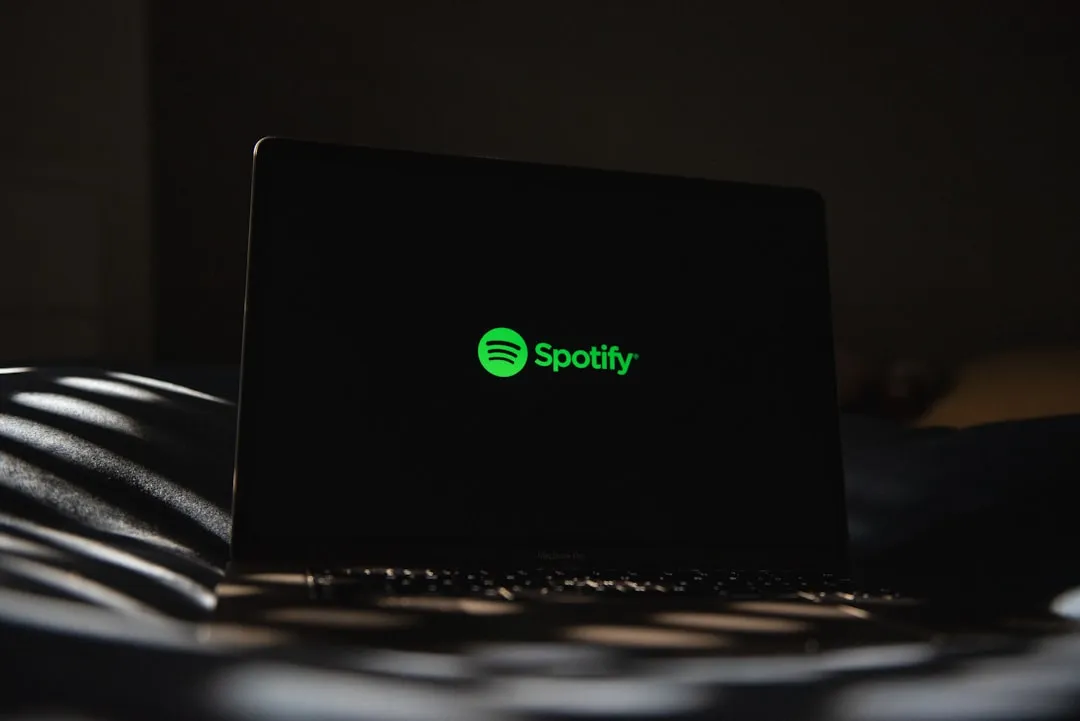

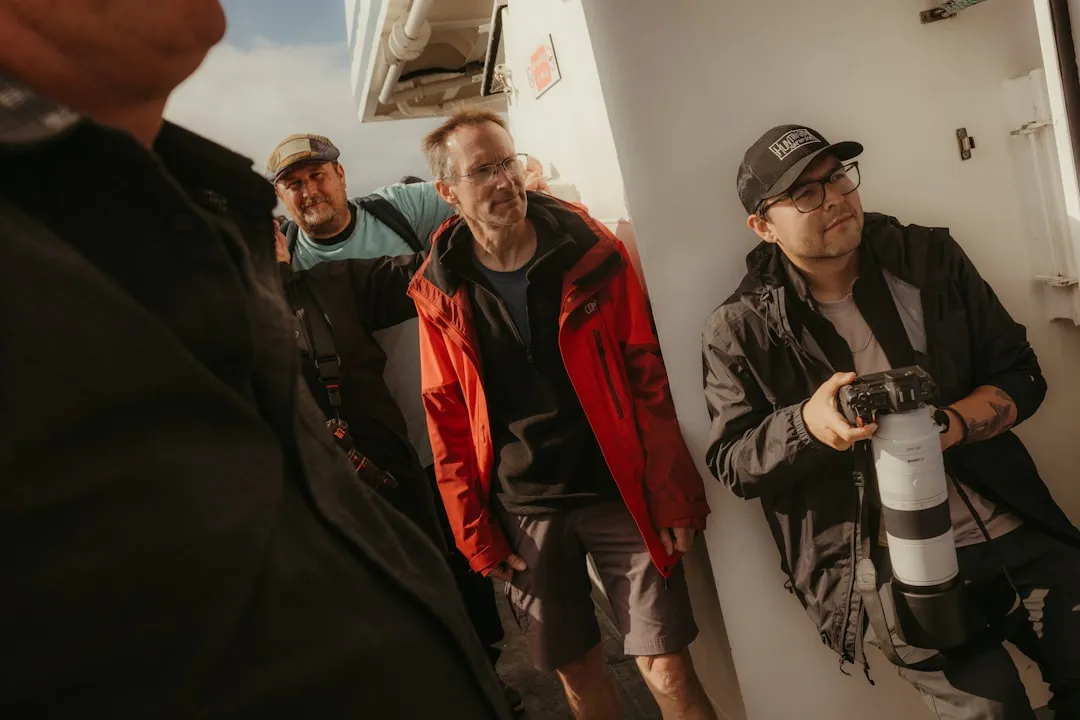

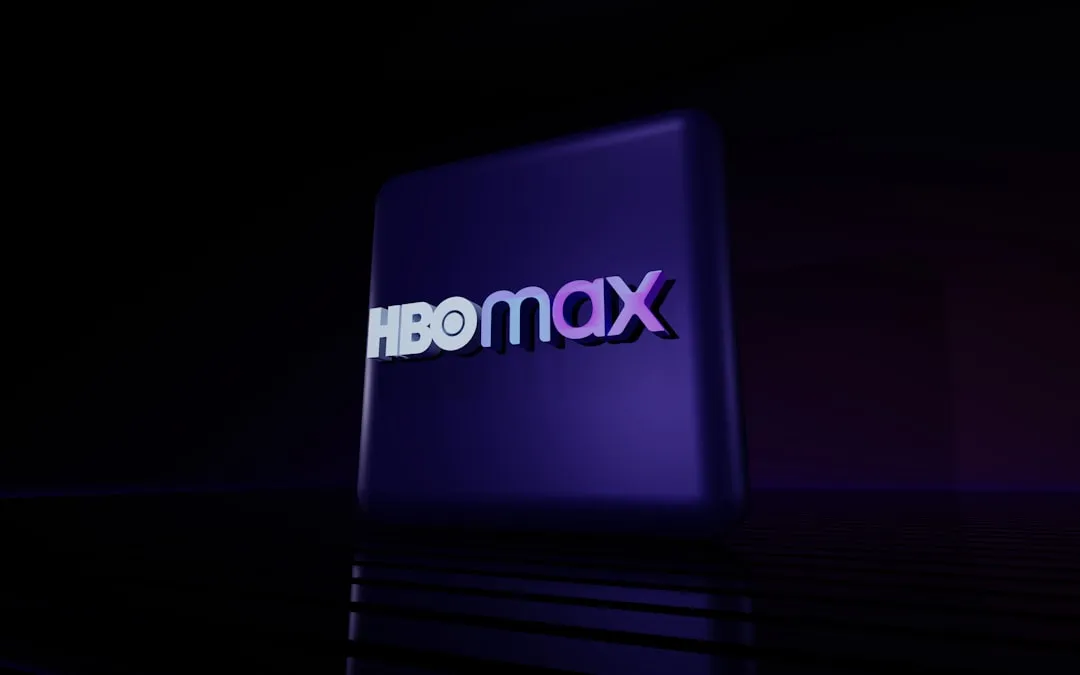
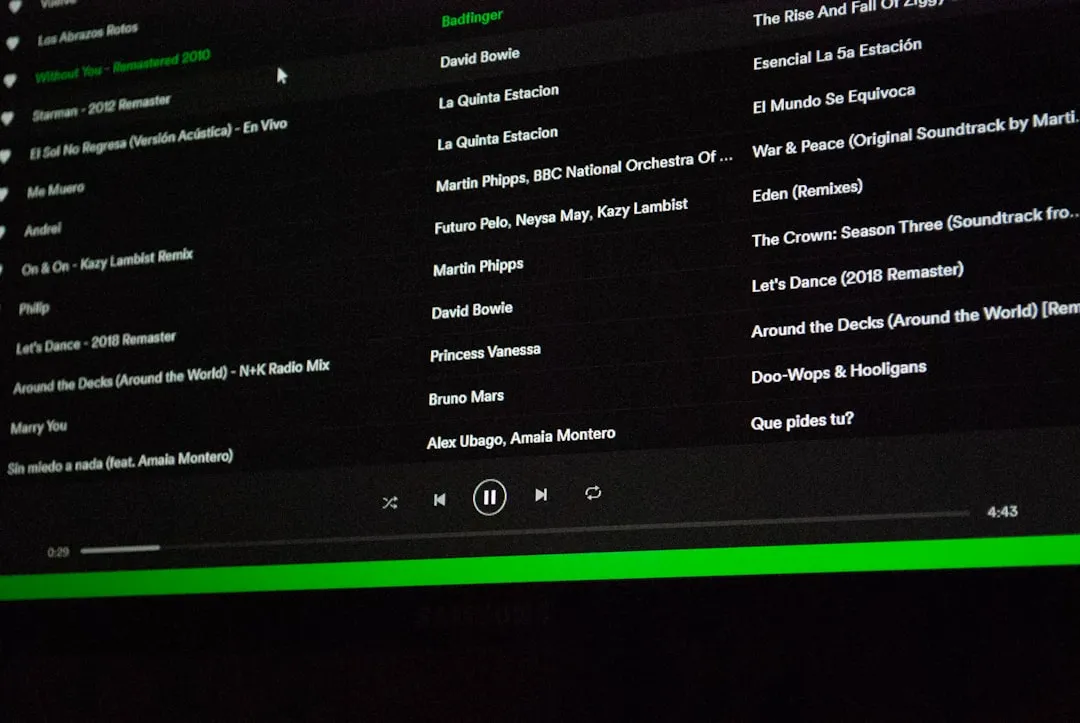
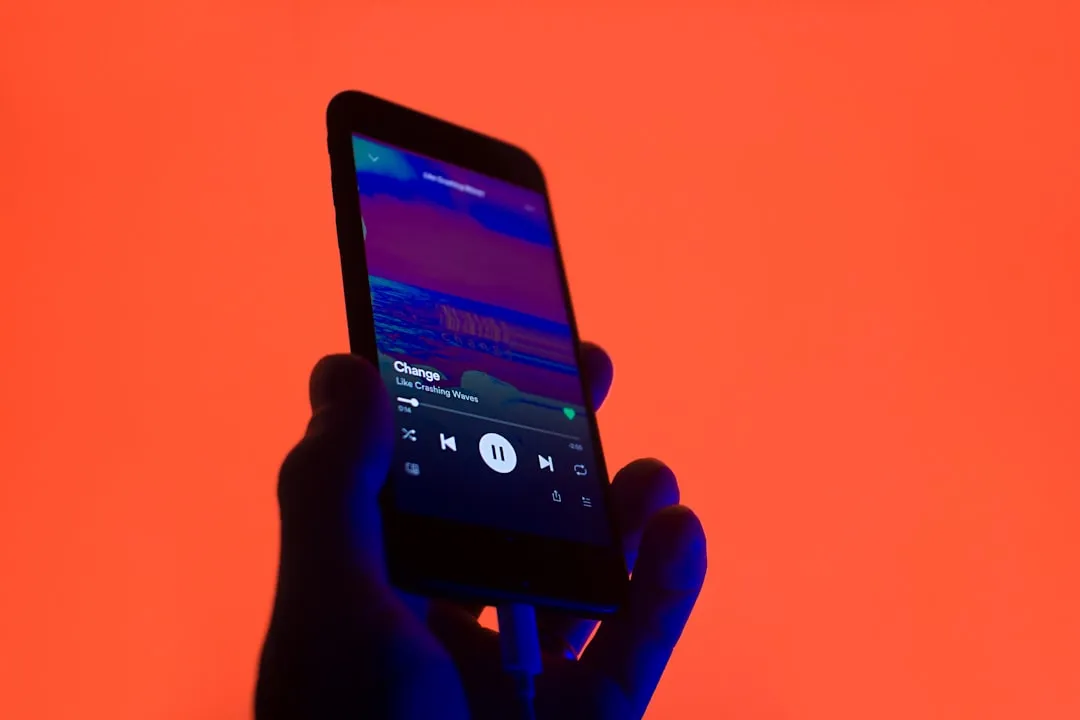
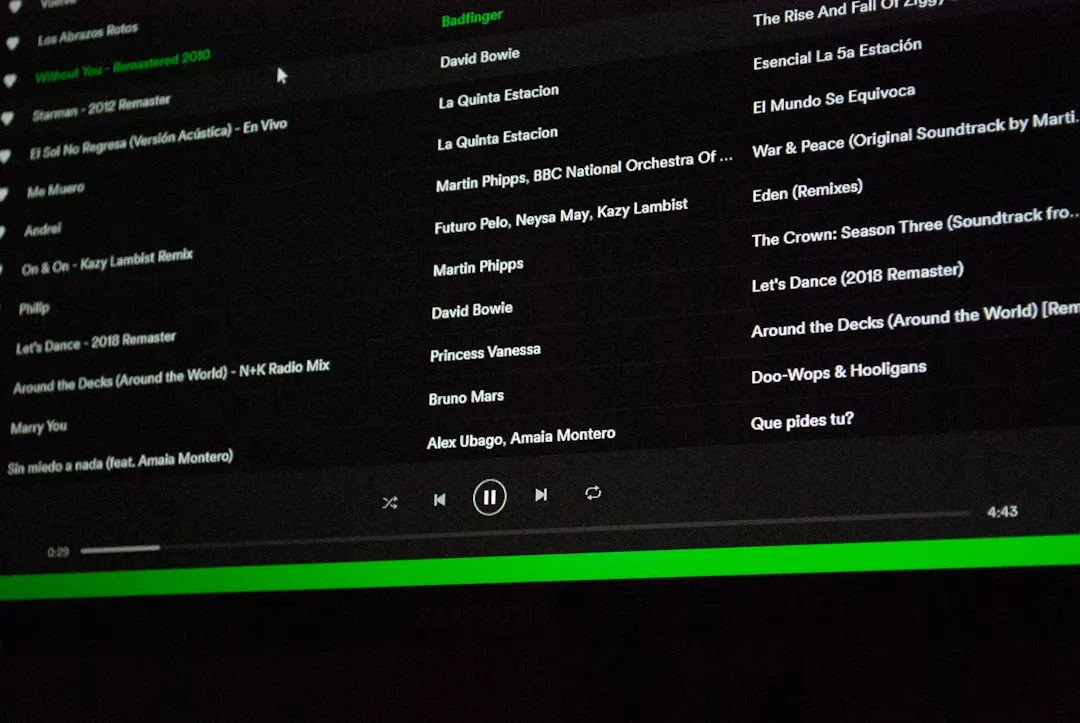
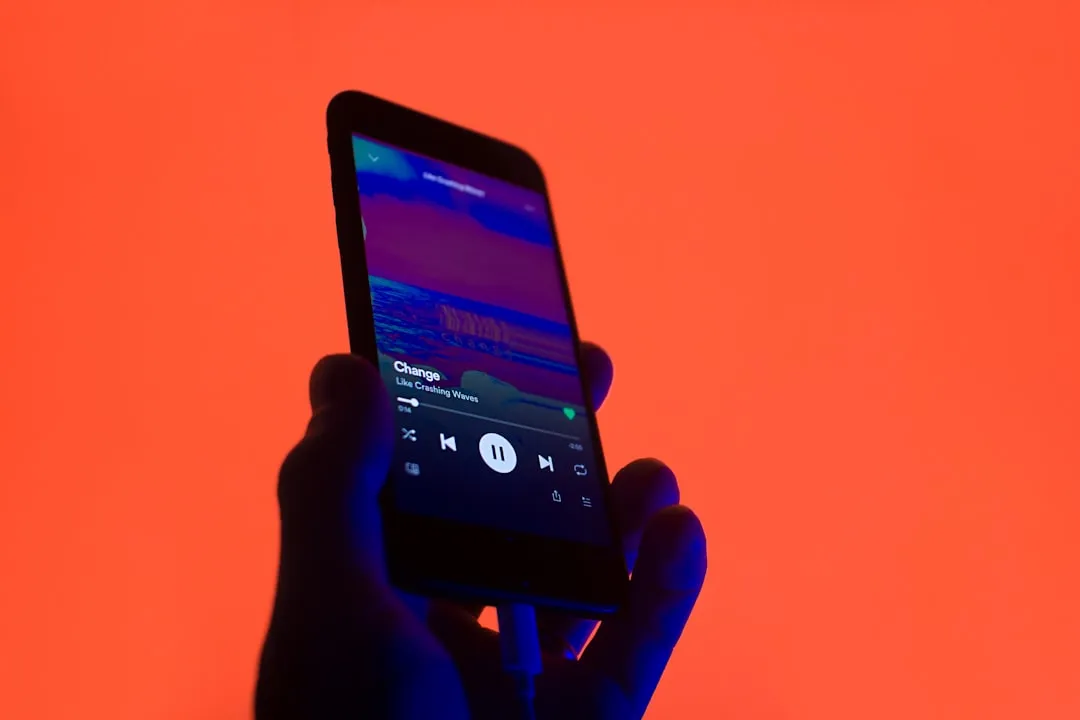
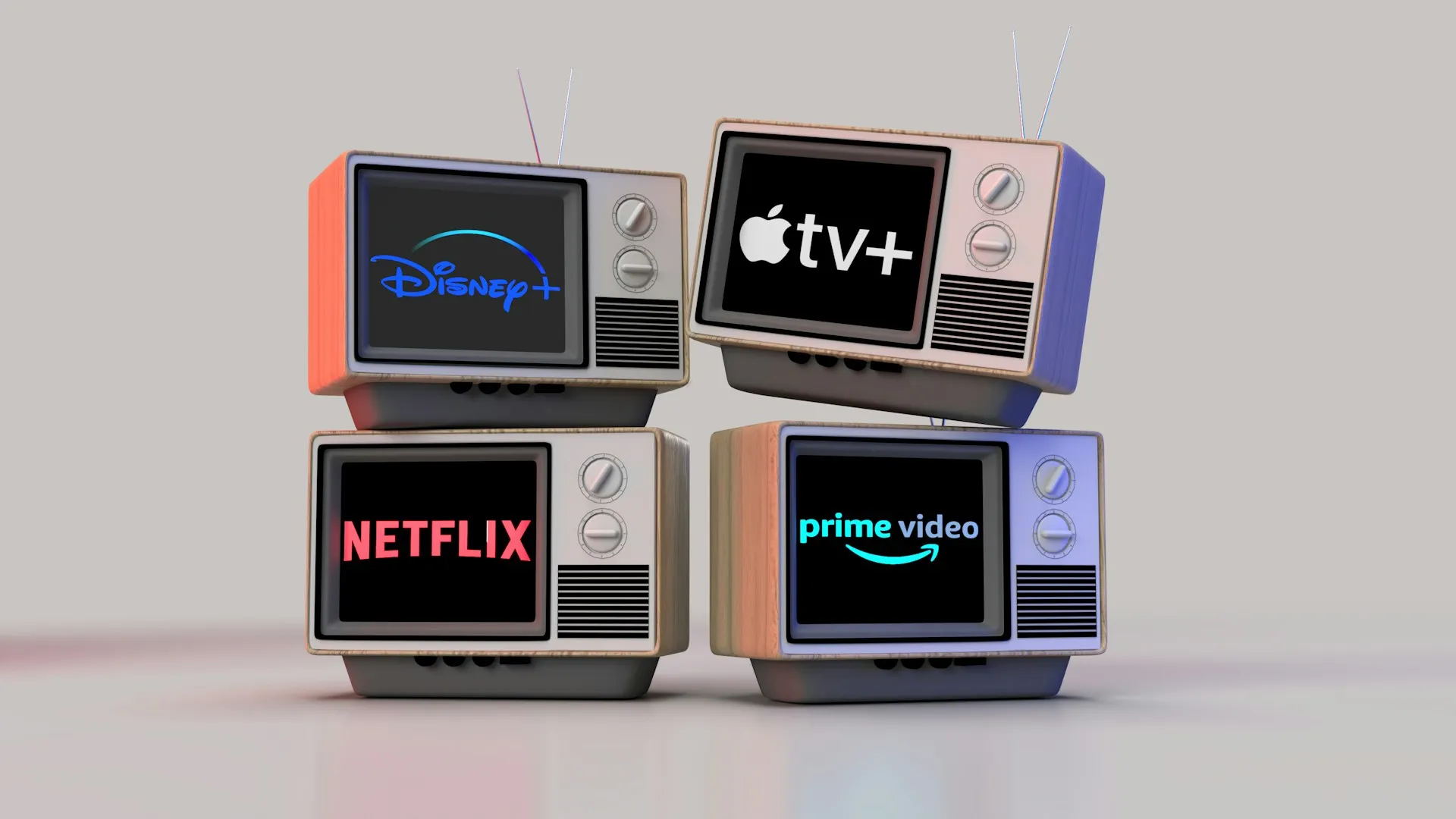
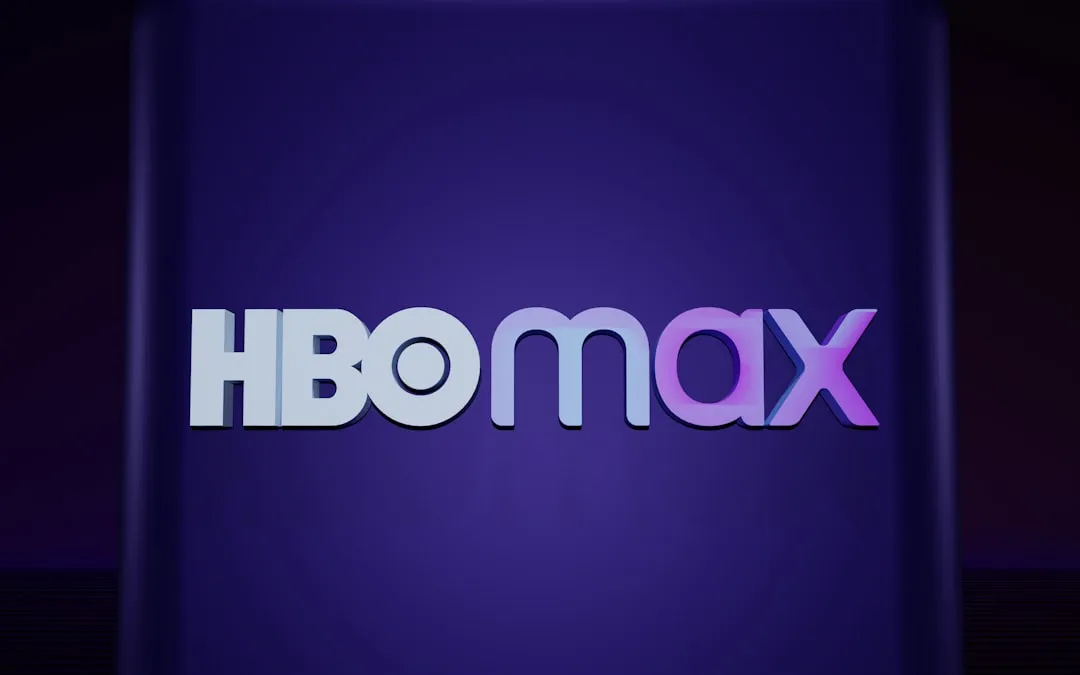
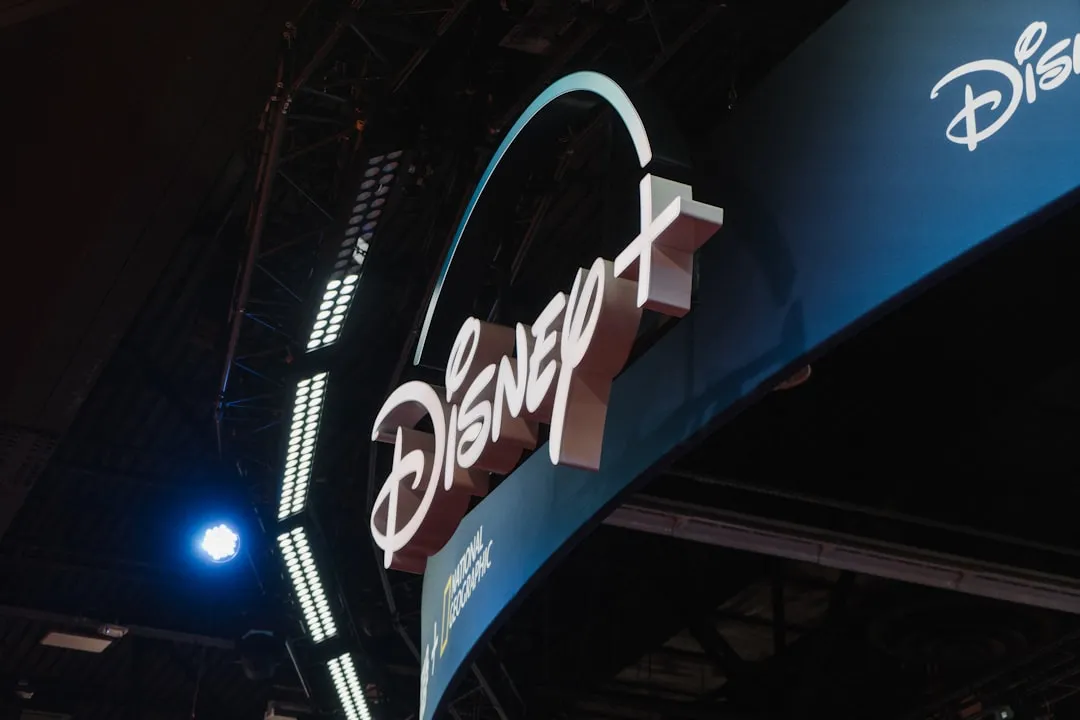


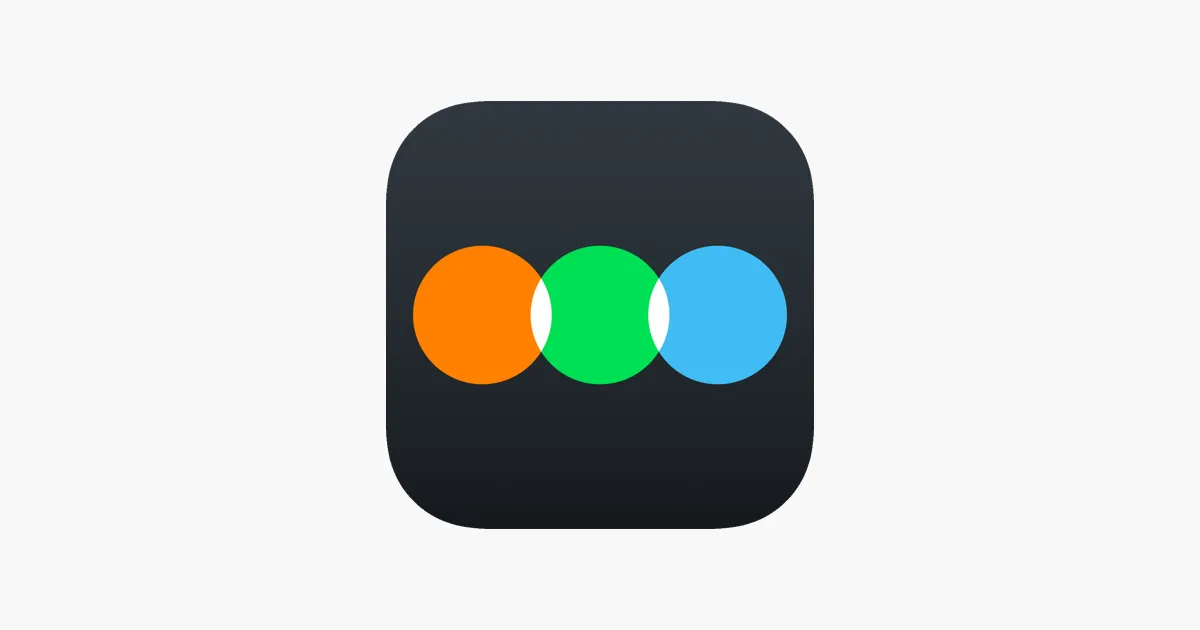

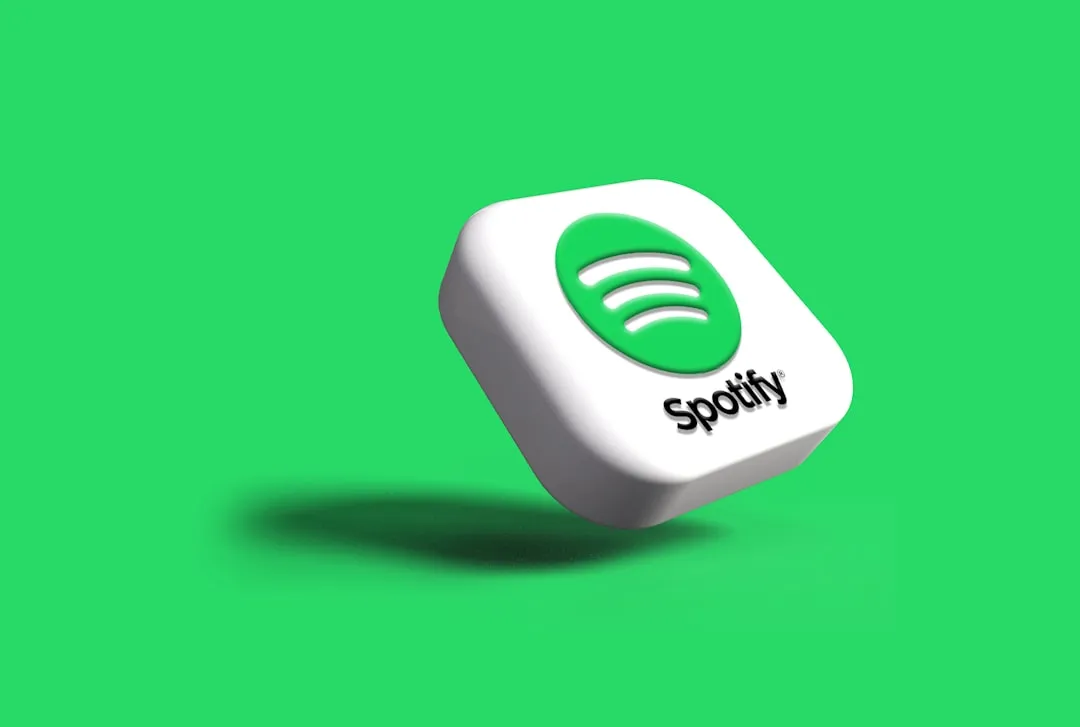
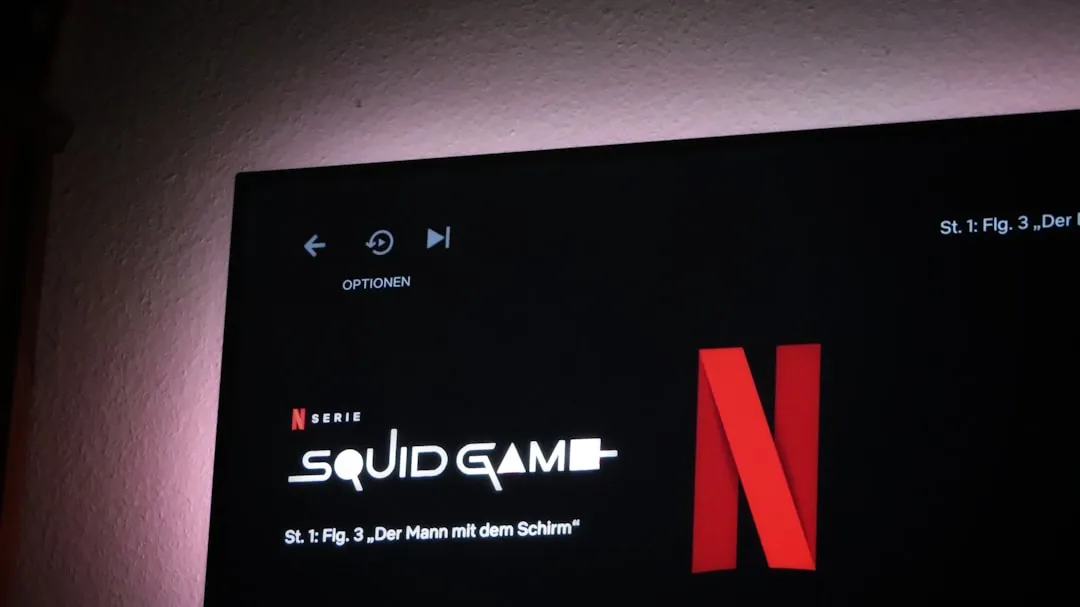
Comments
Be the first, drop a comment!